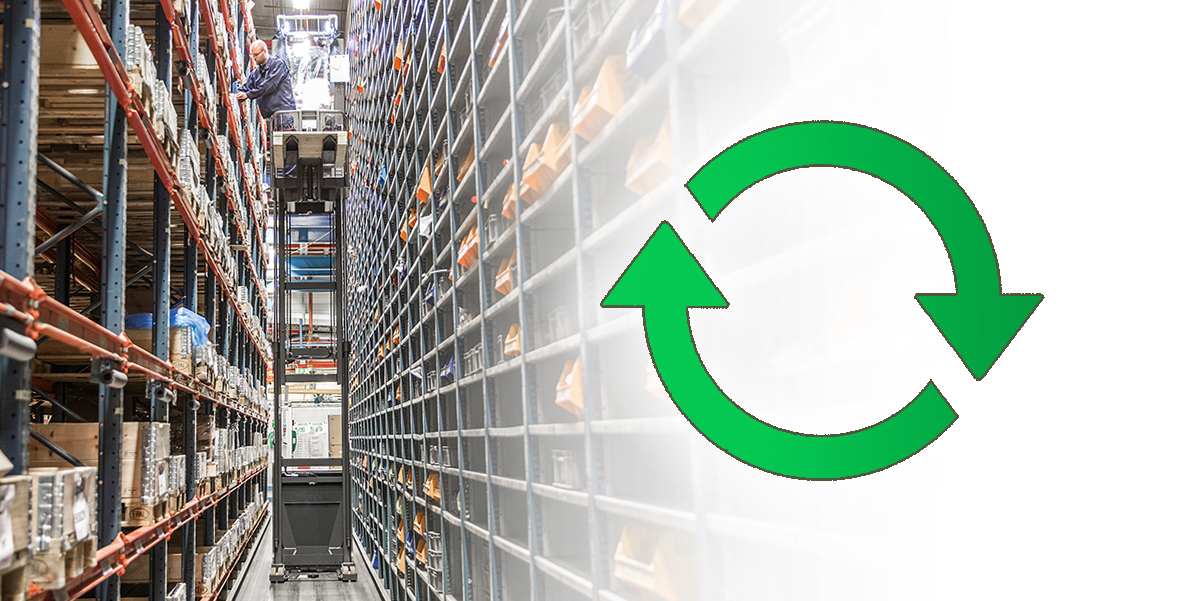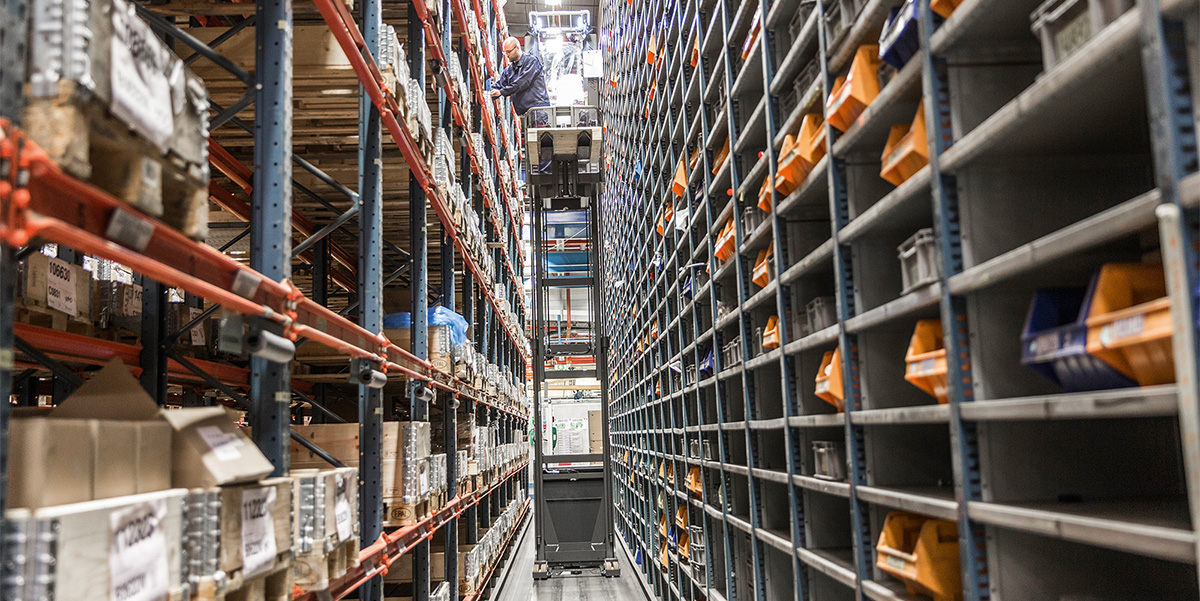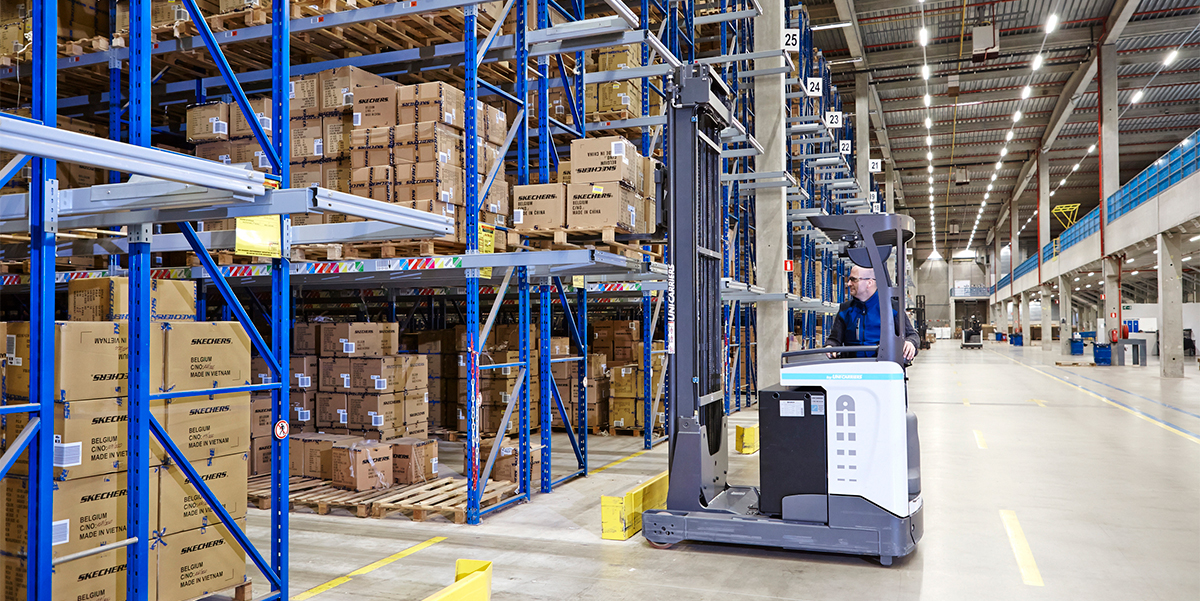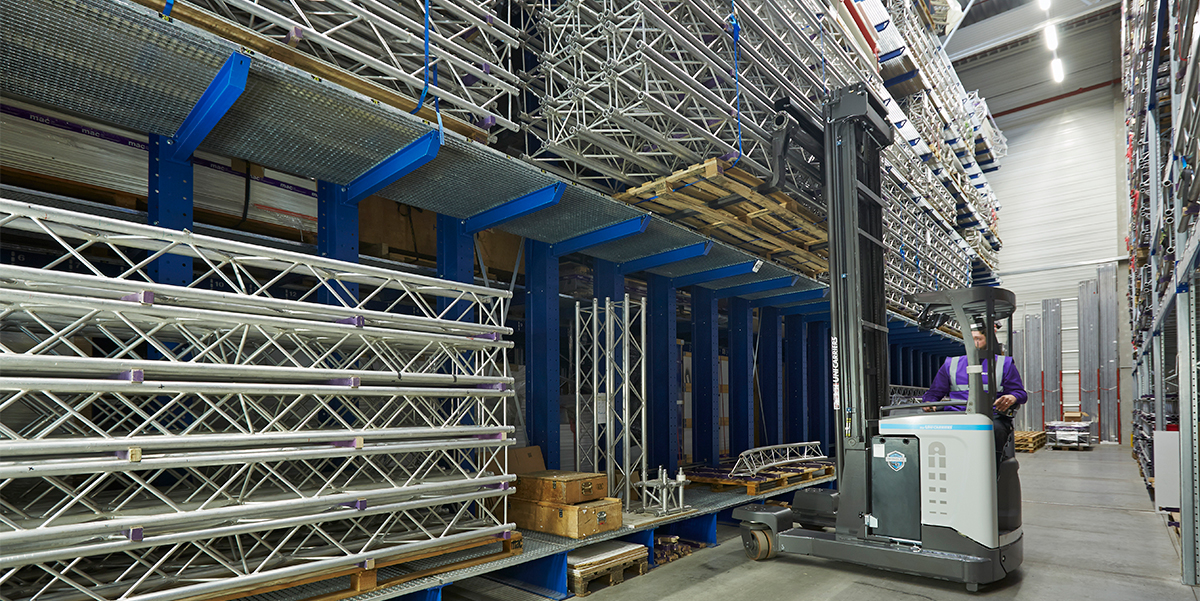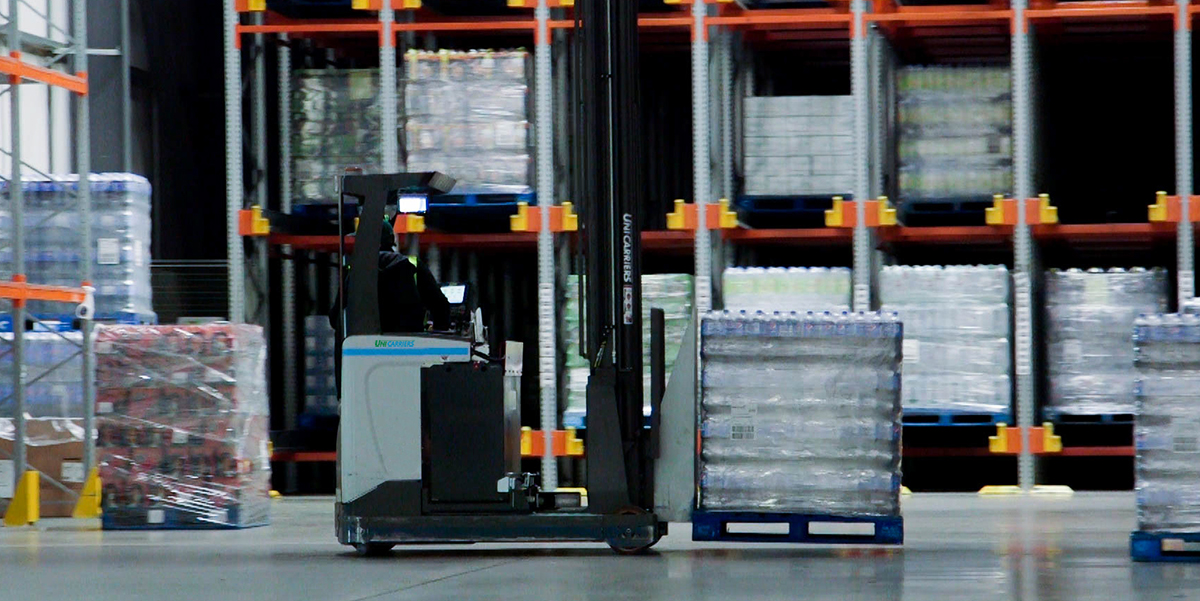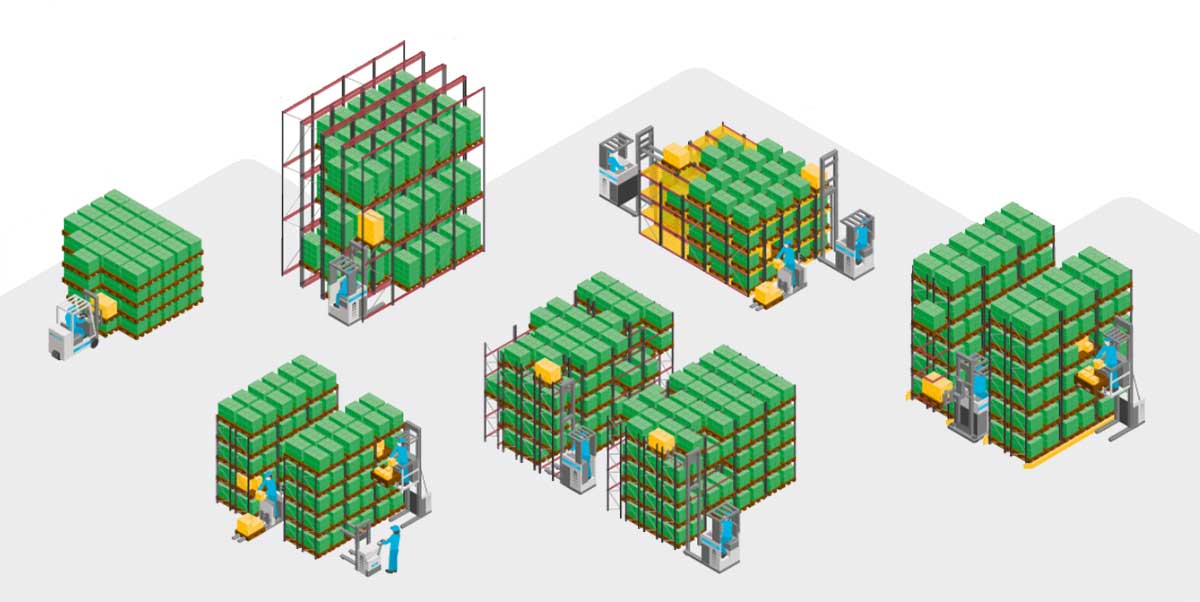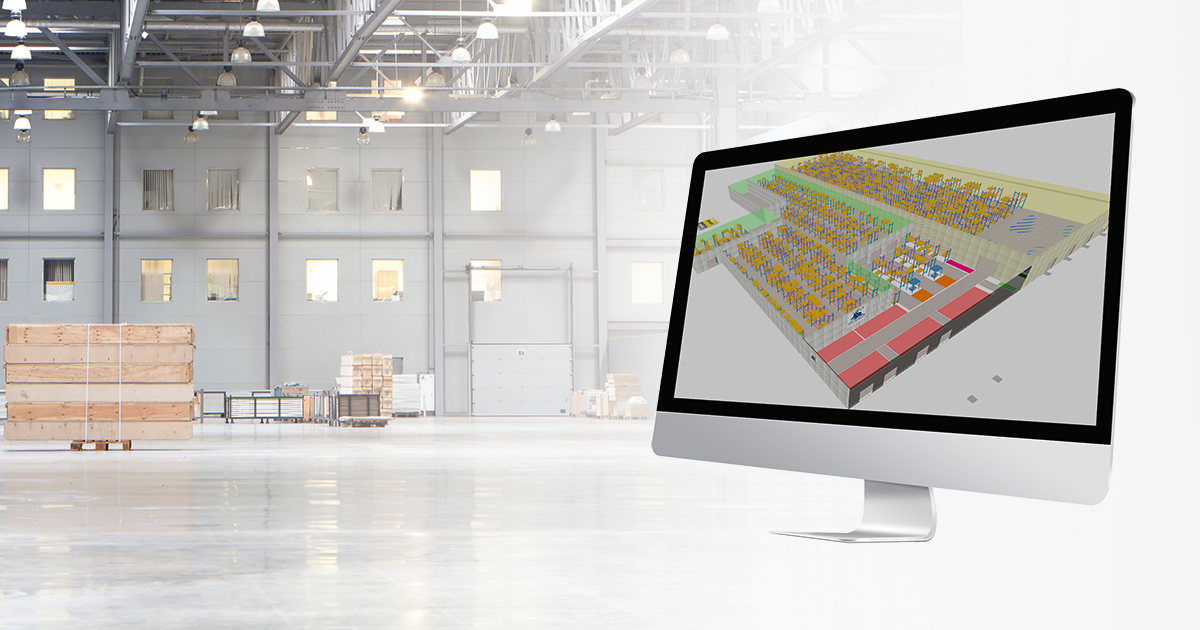The wide world of materials handling-specific terms can be difficult at the best of times, especially for someone who may be new to or not so familiar with the industry. One of the more misleading terms is turnover – for most people, a fairly common word which refers to the amount of money taken in by a business during a certain period.
Turnover can also refer to the rate at which employees leave and join a business. In the materials handling industry, there’s a third meaning – here, it’s the rate at which goods are shipped out and replenished from a warehouse or a goods store.




































